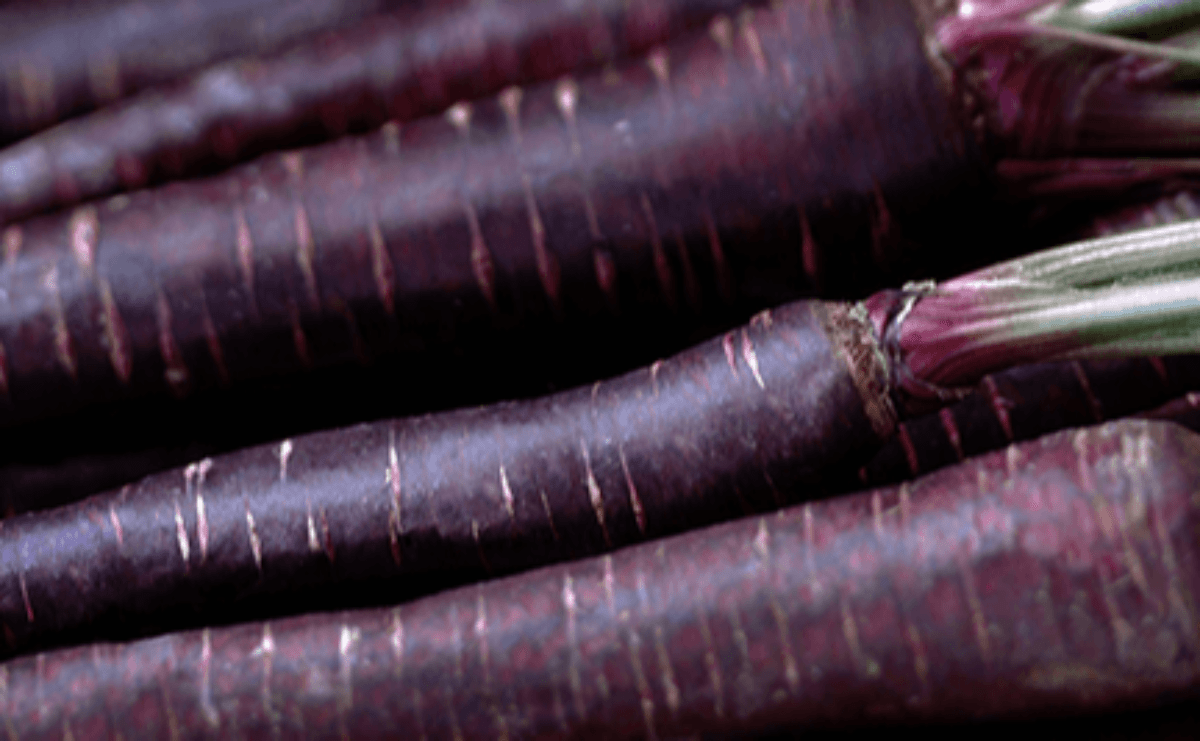Color plays a crucial role in the marketing, sale, and consumption of foods and beverages because it evokes feelings and emotions, makes food more appealing, and establishes an expectation of flavor. Also social media hypes up the importance of color, as ever more people are inspired to photograph their beautifully looking food and share this with the world. For these reasons, color will continue to be a key driver of food purchases in 2018, and our research shows that one color shines brighter than the rest — purple.

So why Purple?
The right shade of violet, lilac, magenta, or plum has the power to make any ordinary food or beverage unusual and intriguing. But purple’s rise in popularity is not based on beauty alone. The phytonutrient content inherent in purple fruits and vegetables is in high demand amongst health-conscious shoppers and this trend doesn’t show any signs of slowing down. In addition to the perceived nutritional advantages of purple produce, the color is often cited in psychological studies as uplifting, calming, and stimulating. We are not alone in our praise of purple. Color Institute Pantone, a global authority on color selection, has declared ‘Ultra Violet’ their color of the year for 2018.
Purple Applications
Confectionery
The color purple can represent both contemporary and classic flavors: berry or grape-flavored lollipops, hard boiled candies, and jelly beans are always a favorite amongst consumers, but more exotic taste-profiles such as lavender and fig can infuse excitement into all types of confections. Fig chocolate anyone?
Beverages
The health connotations associated with purple fruits and vegetables make it the ideal color for functional beverages such as breakfast smoothies or kombucha, while purple fruits such as blackberries and plums add a lovely accent note to classic colas. As the trend towards light alcohol beverages continues to grow, purple fruits (and even vegetables – if so daring) can serve as the foundation for innovative alcohol-free mocktails.
Bakery
With Instagram-worthy desserts more popular than ever, it’s no wonder that many bakery items are turning to purple. Ube, the Filipino purple yam, has popped up on menus and social media feeds as a doughnut glaze, cake filling, cookie, and cheesecake. Purple is also a key color in the growing sensation of raw, vegan cakes.
Savory
Whether it’s a soup, pasta, or dip, adding a dash of purple makes any dish more interesting. Weaving purple into savory applications is a great way to engage customers as well as suggesting potential nutritional benefits visually.
Ice Cream
Health-conscious consumers want to have their ice cream and eat it too! Thanks to two trends dominating supermarket freezers — light ice creams and superfood flavors — anything is possible. The right shade of royal purple helps accentuate the color of acai ice creams, while a deep lavender helps convince customers that their low-calorie ice cream is as rich as the most indulgent gelato.
